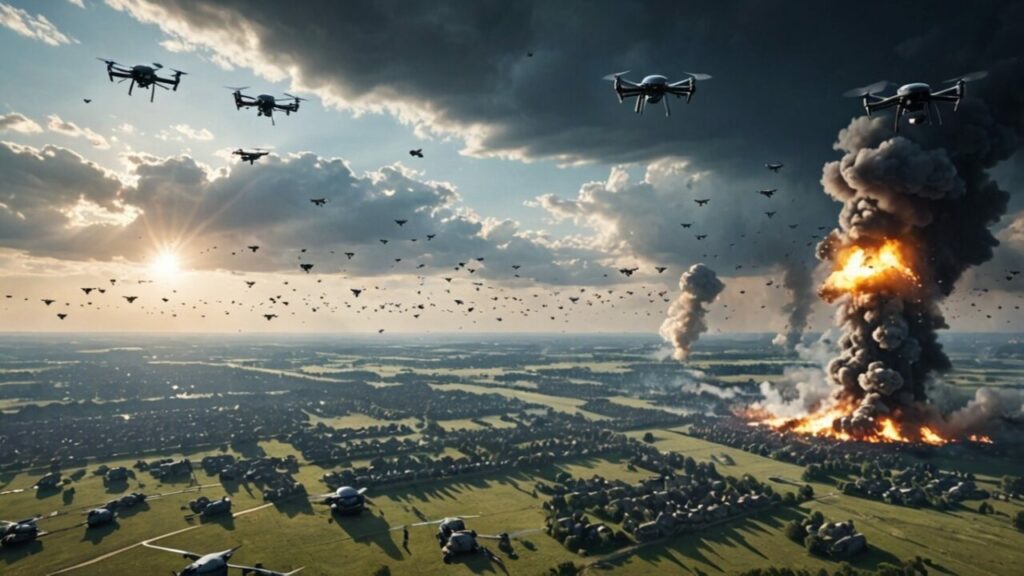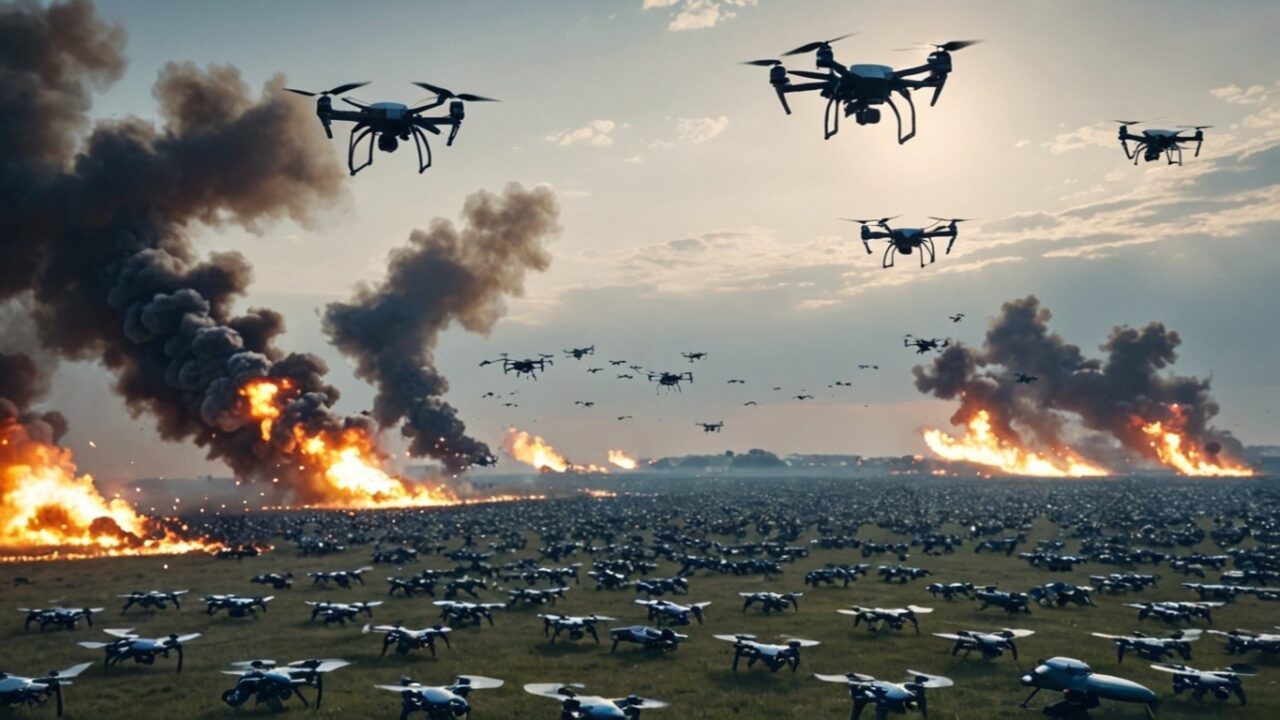The US Department of Defense and DARPA have unveiled AMORPHOUS, a new software developed by L3Harris Technologies. With this system, thousands of unmanned aerial, ground and naval vehicles can be controlled simultaneously from a single platform. AMORPHOUS will integrate UAVs and unmanned systems from different manufacturers into a single network and enable coordinated military operations. So how does AMORPHOUS work? Details are in our news…
The US Army unveils new software that can control thousands of drones at the same time! What is AMORPHOUS and how does it work?
First of all, AMORPHOUS (Autonomous Multi-domain Operations Resiliency Platform for Heterogeneous Unmanned Swarms) was developed as a centralized command and control system. The biggest advantage of this system is that it allows vehicles from different platforms to make independent decisions. Some prominent features of the system are as follows:

- Autonomous decision-making: Drones and other unmanned vehicles can make their own decisions in line with set targets.
- Real-time control: Operators can manage thousands of vehicles simultaneously and change tasks instantly.
- Multi-domain operations: Air, land and sea elements can be managed over the same network.
Currently, prototypes of AMORPHOUS are being tested in cooperation with the US Army and the Defense Innovation Unit (DIU). Initial trials have even shown that the system can efficiently control different types of drones. On the other hand, the new software is running in parallel with the OFFSET (OFFensive Swarm-Enabled Tactics) program developed by DARPA.
OFFSET is a project that aims to use more than 250 unmanned aerial and ground vehicles simultaneously. It is said to have great potential especially for urban warfare and complex operations. Among the innovations OFFSET offers are the following:
- Advanced user interface: Operators will be able to direct drones with virtual reality (VR), augmented reality (AR) and voice commands.
- Automated mission management: Drone swarms will be able to analyze identified targets and develop the most appropriate attack and reconnaissance tactics.
- Real-time situational awareness: The position, movements and environmental factors of all vehicles can be monitored instantly.
According to the information we have received, thanks to this system, military units will be able to conduct rapid reconnaissance in enemy areas, analyze threats and intervene instantly when necessary. DARPA and the US Army believe that swarms of drones will revolutionize the battlefield.
However, with the development of this technology, anti-drone defense systems will also gain in importance. For example, the US Navy recently tested a high-powered laser weapon called HELIOS, demonstrating that it can neutralize drones from a distance.
In the coming years, unmanned systems like AMORPHOUS are expected to become more independent and autonomous in military operations. The media is saying that this could lead to new debates on security, ethics and military strategy. So what do you think about this issue? You can write your opinions in the comments section below…














